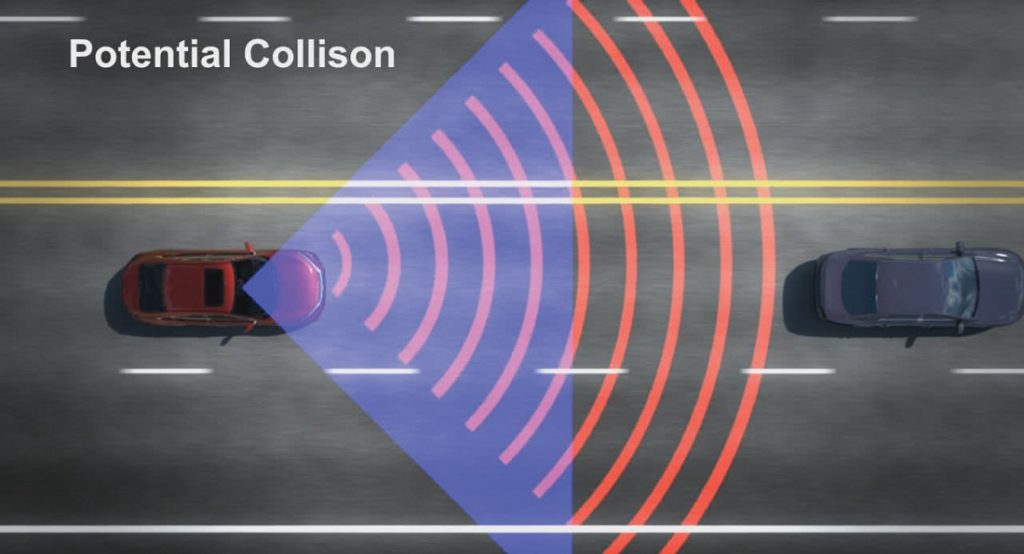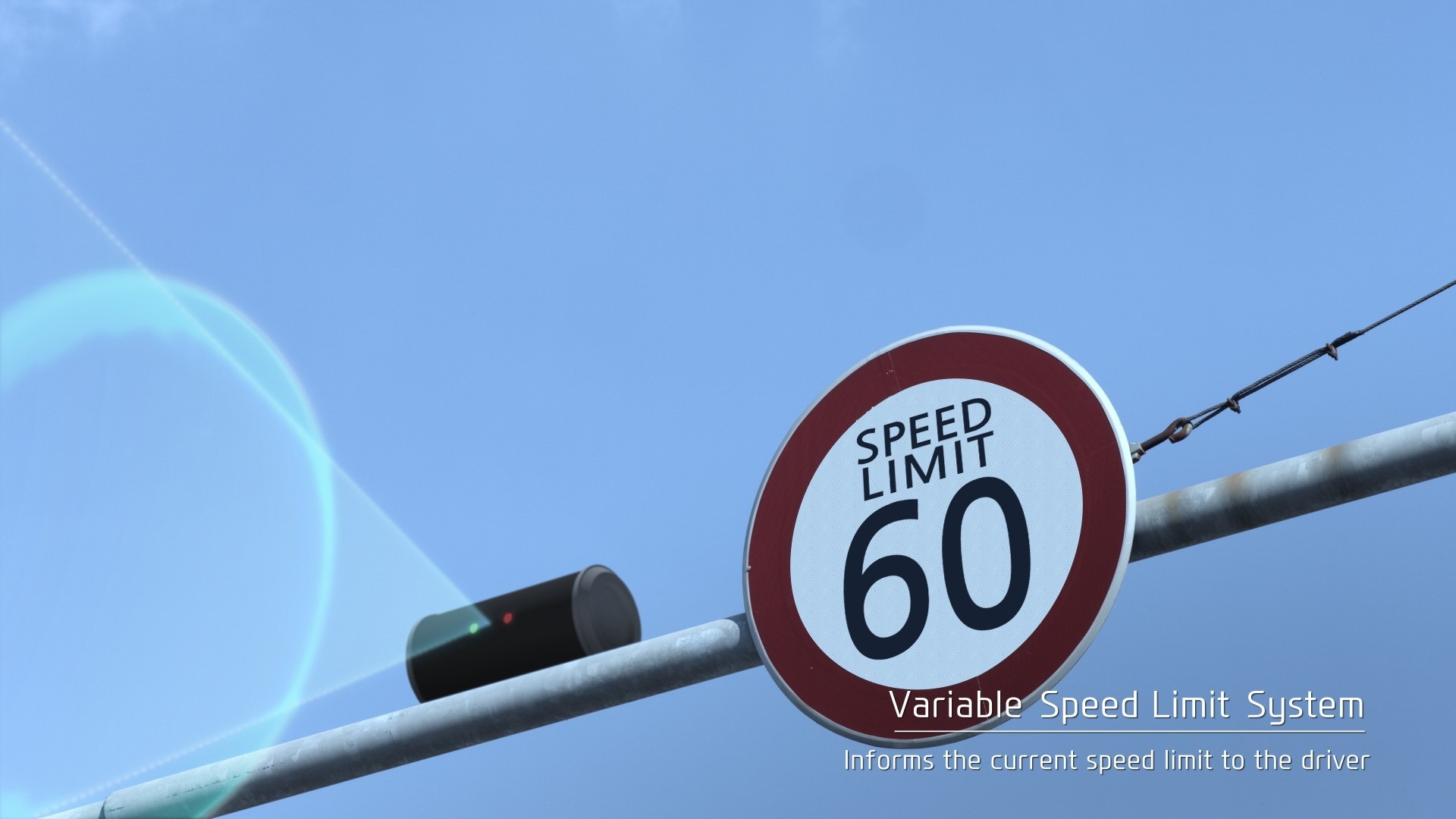The European Commission has revealed European Union institutions have reached a “provisional political agreement” on vehicle safety standards that will go into effect in 2022.
Designed to protect passengers, pedestrians and cyclists, the new proposal calls for some pretty major changes which a focus on technology.
Among of new safety features that will be required are drowsiness / distraction warning systems, lane-keeping assist and advanced emergency braking systems. Vehicles will also need improved seat belts, a reverse safety system (with either a camera or sensors) and a data recorder / black box for reviewing information following an accident.
Those items are logical additions, but the most controversial safety feature will likely be “intelligent speed assistance.” While the name doesn’t sound too threatening, the European Transport Safety Council describes it as a system that uses a “speed sign-recognition video camera and / or GPS-linked speed limit data to advise drivers of the current speed limit and automatically limit the speed of the vehicle as needed.”
In essence, it’s a speed limiter that will “limit engine power preventing the vehicle from accelerating past the current speed limit unless overridden.” It appears the regulations will allow for the system to be deactivated, but the agreement is only provisional at this point.
While drivers probably won’t be fans of the speed limiter, the European Transport Safety Council cited a 2014 Norwegian study which found them to be the “most effective” driver assistance system in terms of saving lives. Of course, it’s also worth mentioning that safety technology has come a long way since then.
According to the European Commissioner of Internal Market, Industry, Entrepreneurship and SMEs, “Every year, 25,000 people lose their lives on our roads.” Elżbieta Bieńkowska went on to say “The vast majority of these accidents are caused by human error. We can and must act to change this.”
The European Commission suggested the proposed regulations could help to prevent more than 25,000 deaths and at least 140,000 serious injuries by 2038. By 2050, they’re aiming to have close to zero fatalities and serious injuries.





